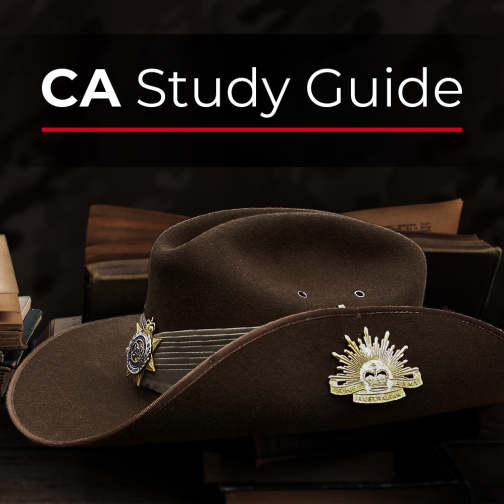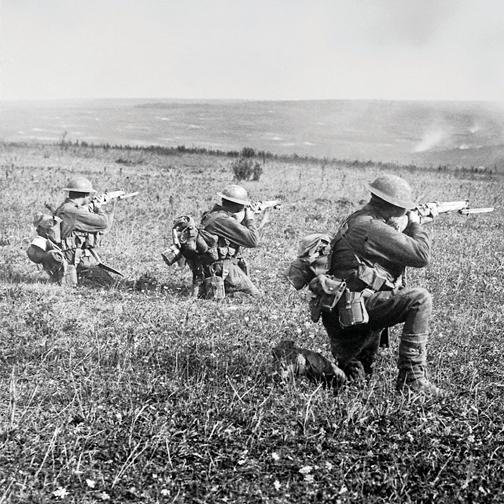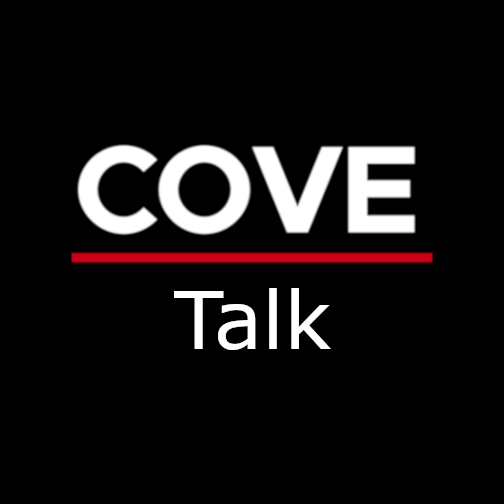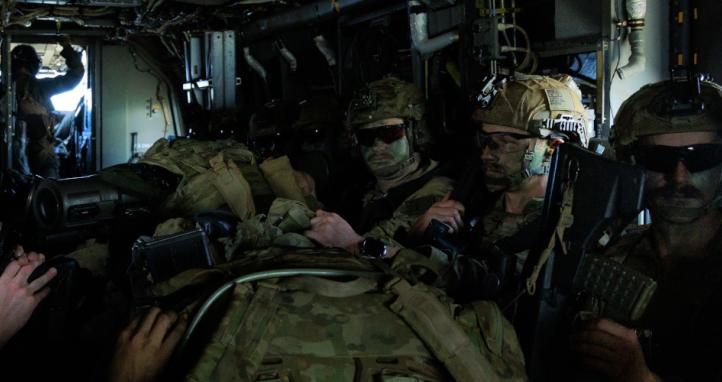An initiative introduced in 2006 to support Reservists health-care needs is rapidly losing its effectiveness.
Background
It’s of no surprise to anyone that the job market at the moment is extremely competitive for employers. An unemployment rate (far) lower than it has even been in the past decade and wage growth that is increasing (but too slowly) has meant Defence is struggling to meet its targets and is therefore offering new perks to entice people to stay in. While the initiatives offered are welcome, they largely target the APS and Regular forces. Given that Reserves accounted for over one third of the ADF workforce in 2021-2022, it may be useful to propose specific incentives for reservists. Furthermore, recruitment and retention for reservists is likely to be increased provided the current incentives remain effective in their purpose.
This article describes the purpose, history, and effectiveness of the Reserve Health Support Allowance (the allowance). I have analysed previous research from Australian health care costs in order to determine how the allowance could be reviewed. My aim is to ensure the allowance remains effective in its purpose in perpetuity.
Revision
As we all know, every good Army lesson begins with revision, so here’s three short questions:
- In what year was the allowance introduced?
- How much was the allowance at its introduction?
- How much is the allowance today?
If you know the answers, then you can probably anticipate where the remainder of this article is going, but nonetheless please keep reading.
Allowance History
An Australian National Audit Office Report into Army Reserve Forces from 2009 described three initiatives used to “aid recruitment and retention”:
- Employer Support Payment (ESP) Scheme;
- Reserve Health Support Allowance; and
- Defence Home Ownership Assistance Scheme (DHOAS).
“On 9 May 2006, the Federal Government announced key Reserve remuneration incentives including a $600 health support allowance for all Active Reservists. The health support allowance is to assist the Reservist in meeting the costs associated with maintaining their required medical and dental readiness.”
Legislation
There is scant detail in the legislation on how or why the allowance was introduced, it only defines:
- Who the legislation section does apply to;
- Who the legislation section does not apply to; and
- That eligible members are to be paid $600.
Allowance Purpose and How it's Paid
The ADF Pay and Conditions Manual (PACMAN) describes two key details of the allowance including:
- Its purpose: to help Reserve members keep their health levels at required standards; and
- Eligibility of Reserve members which is broadly conditional on providing 20 days of service, that they have not previously received the allowance in the same financial year and have submitted the approved form by a specified date.
The key words above I’d like you to remember for the following two paragraphs is to help Reserve members keep their health levels at required standards.
Healthcare Expenditure in Australia
So how does the average reservist keep their health at required standards? Well, I propose they are much like most other households.
Household healthcare expenditure is generally in three areas:
- Private health insurance (44%).
- Medicines, prescriptions, pharmaceuticals, alternative medicines (18.7%); and
- Health practitioners (37.3%).

From the information above, private health insurance is the largest health cost to Australian households, and therefore also likely to be for reservists. Now let’s focus in further on private health insurance costs over the same period as the allowance has been in existence – e.g. from 2006 to now. The average annual price increases in private health insurance premiums from 2006 to 2022 has increase at a rate of 4.80% per year. Of note, it has never decreased.

Allowance Payments
Had the allowance been indexed against the same yearly increase as average private health insurance premiums, then its effectiveness at helping Reserve members keep their health levels at required standards would be significantly greater. Put simply, adding a compounding interest rate of 4.8% per year to the allowance since its introduction would now see it over twice its initial value.

So, from the information above, we have established that:
- Allowance payments are stagnant;
- If indexed against private health insurance, it should be >$1,200 this year; and
- Reservists with 17 years effective service have missed $5,537.30.
Summary
Summarising the key points of this article:
- Reserve Health Support Allowance was introduced over 17 years ago.
- Its purpose is general and non-specific:
- To aid recruitment and retention; and
- to assist/support member’s health (medical & dental) at required standards/readiness.
- Private health insurance is the greatest single health cost for Australians and in the last 17 years has on average increased 4.80%.
- Had the allowance been indexed (against private health insurance) it should be >$1,200 this year.
- Without indexation, members have missed up to $5,537.30 in payments due to stagnation.
- The effectiveness of the Reserve Health Support Allowance is withering and there appears to be no intention to rectify this.
Conclusion
The ADF finds itself in a position where it needs to continue recruiting extensively as well as fighting to retain everyone already in. The recent announcement of amended pay and conditions are welcome, but largely target the Regular forces and APS. Reservists are over one third of the total force but yet to hear any incentives. While inflation continues to increase, the allowance does not.
Final Questions from Me
- What specific health cost was the Reserve Health Support Allowance introduced to offset?
- Has the Reserve Health Support Allowance payment amount been reconsidered since its introduction?
- Who would determine if the Reserve Health Support Allowance amount can be reviewed?
Answers to revision questions:
- 2006
- $600
- $600










That’s a good point regarding legislation reviews.
This is a very timely article - especially in light of the recent CDF announcements regarding recruiting and retention initiatives which will see each family member of fulltime service personnel eligible for an $800 for health support as well as increased health service benefits which will not be available to Reservists. While I commend this initiative for providing additional benefits for our fulltime workforce, it sends a message about the relative value of our part time workforce who will receive only $600.
It should also be noted that the intent of the Reserve Health Allowance is to help Reserve members keep their health levels at required standards - It is not intended to offset the provision of adequate health support by the ADF. In far too many cases, Reserve members are unable to access Periodic Health Examinations through Health Centres - Instead they are required to visit their own GP for a consultation and a list of tests - often at own expense because bulk billing isn't available.
The ADF talks a lot about the value and importance of the Total Work Force in generating capability now and in to the future. Sadly, this is just another example of the lived experience of our part time work force and demonstrates that Defence still doesn't have a cogent approach to Total Work Force strategy.
I also noticed the doubling of the Allied health and medical specialists allowance in PACMAN: “From 01 July 2023, the allowance will double from $400 to $800 per dependant per year.”
https://pay-conditions.defence.gov.au/adf-family-health-program
Agree with your points and appreciate the support.
Lachlan
There is a vast difference between HSP being used to support reserves maintaining the required level of fitness, and offsetting defence mandated medical tests!!!
I’ve also been in the position of taking time off work to attend defence medical units…. To the point of being swabbed and pending blood withdrawal before being advised they did not realise I were a reservist and I would need to go elsewhere…..
A little more work to be done in this space to support reservists!!
Following on from Robert Lording's comment, the current HSP also does not add to incentives to transition to SC5.
While the decision to do so is not solely a financial one, it would have to be a factor for a family now having to budget for their former-serving family member's medical needs, on top of losing the $800 family health support.
I concur that our service to the nation is unlikely to place income at the top of the list, but as I think you’ve also highlighted it’s most certainly a high level factor.
Appreciate the feedback and support.
Lachlan
Our part-time soldiers on part-time service are not paid leave days nor are they paid superannuation.
Sure they don’t pay tax, but I think the comparisons of take home pay per annum per hours worked as a “total renumeration package” for our total workforce would offer some interesting insights. Perhaps any related policy review could adopt a broad and holistic approach, particularly if retention or growth are drivers for consideration.
You raise a great point regarding the “total remuneration package”. With Army keen to maximise everyone through the Total Workforce System, it may well be time to check if remuneration really supports it in the best way possible.
Appreciate your support.
Lachlan